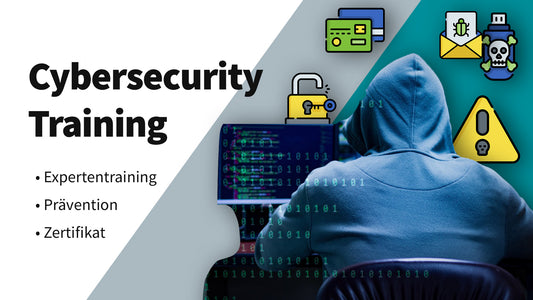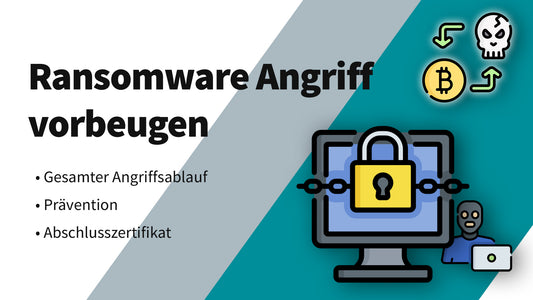We've put together a simple step-by-step guide on what to do if you've received a phishing email
- Don't panic: it's important to stay calm. Simply receiving a phishing email is not harmful; Only by clicking on links, downloading attachments or providing sensitive information do you risk becoming a victim of fraud.
- Don't click on links or download attachments: Phishing emails often contain links to malicious websites or attachments that contain malware. Under no circumstances should you click on these links or download any files.
- Don't respond or provide personal information: Spam and phishing emails are often disguised as messages from legitimate companies and ask you to verify account information or provide personal information. Never respond to these requests.
- Report the email: Forward the phishing email to your email provider. The process varies depending on the service you use. If you e.g. For example, if you use Gmail, you can report phishing by clicking the Report Phishing option in the More drop-down list in the email header.
- Report the company the email is impersonating: If the email is impersonating a specific company or organization, you should also report the email to that company. Many companies have a specific email address for reporting such cases (e.g. phishing@companyname.com).
- Report phishing emails to the Anti-Phishing Working Group: You can also report phishing emails to the Anti-Phishing Working Group, which is a global association of law enforcement agencies focused on cybercrime. The email address is reportphishing@apwg.org.
- Delete the email: After reporting the email, delete it from your inbox so you don't accidentally click on dangerous links in the future.
- Update your security software: Make sure your antivirus software is up to date. Regular scans can help detect threats that might sneak in.
- Change your passwords if necessary: If you suspect that your information has been compromised (for example, if you accidentally clicked on a link or entered your information), change your passwords immediately.
Please remember that it is always better to be safe than sorry when it comes to possible phishing attacks . Always be skeptical of emails that ask for personal information, especially if they contain spelling or grammatical errors or the sender's email address looks suspicious.
You can learn more about the modus operandi of cyber attacks such as phishing, data theft via fraudulent websites and much more in our Security Awareness online course . We will show you in an understandable and practical way how and with what means fraudsters want to attack you and how they can actively prevent this.



